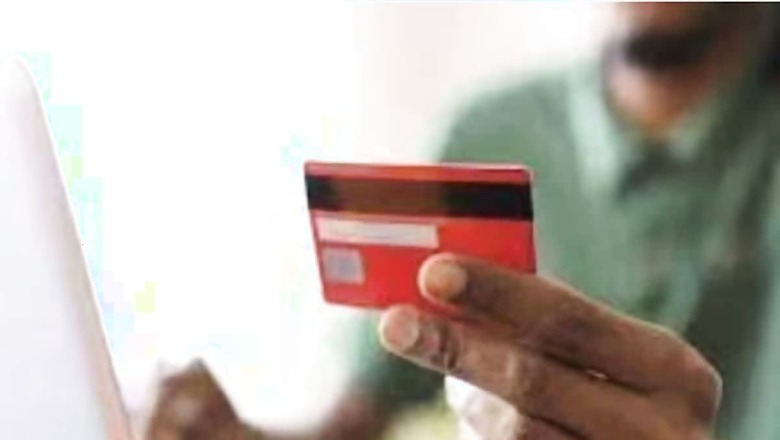
views
It’s not easy to plan a trip abroad. It requires a lot of planning, including booking tickets and creating a thorough schedule that includes the locations of attractions, restaurants, and shopping. How you will spend your money is another crucial decision. Which is preferable, using forex cards or swiping a credit card to avoid tax collected at source (TCS)?
Before hopping on that flight, you should be aware of some of these things.
Also Read: Credit Card Frauds: 5 Ways To Protect Your Hard-earned Money From Offline & Online Scams
Credit Cards: Details
A credit card lets you borrow money from a bank or financial organisation to make purchases. When you use a credit card, you enter into a credit arrangement with the bank, committing to repay the borrowed amount with interest over time. Credit cards also provide incentive programmes, rebates, and other perks to entice clients to make purchases.
Forex Cards: What Are These Cards
On the other hand, a Forex card is a type of prepaid travel card that lets you load and spend foreign money. The card is issued by banks, and you can load it ahead of time with the currency of your choosing and use it to make cash withdrawals, shop, and dine in the foreign nation you are visiting. Travellers and students studying overseas frequently use Forex cards.
Forex Card Vs Credit Card: Differences
When you purchase a Forex card, the foreign exchange conversion rate is fixed as soon as you load money into it. A credit card transaction pays the applicable foreign exchange rate.
Credit cards, on the other hand, may provide better exchange rates and award points for future usage, but they may also incur international transaction costs. This might drive up the overall cost of FX transactions.
On October 1, 2023, foreign exchange cards were subjected to a 20 per cent tax collected at source, or TCS, on purchases over Rs 7 lakh annually. That means that if the amount on your Forex card exceeds the Rs 7 lakh TCS exemption ceiling, you will need to pay an additional 20 per cent at the time of purchase or filling the card.
Forex Cards Or Credit Cards? Which Is Better For Foreign Travel
– When you load money onto a Forex Card, the exchange rate is locked in, protecting you from future currency changes. Credit cards apply rates at the moment of transaction, exposing you to unforeseen fluctuations.
– In contrast to Forex Cards, credit card cash withdrawals overseas can be expensive due to international transactions and cash advance fees.
– There are no late payment costs. Forex cards are prepaid, so you avoid the late penalties and exorbitant interest rates that credit cards charge for late payments.
– There are no charges for FX conversion. Credit cards convert Indian money to foreign currency for each transaction, incurring FX conversion fees. Forex Cards avoid these fees by preloading foreign currency, however, they may charge for currency reloading.
– Your Credit Card’s entire credit limit can be used, making it perfect for purchases as well as emergencies. In the case of Forex Cards, however, the amount pre-loaded is the only option accessible. If you run out of the amount, you would have to load it again, which could take some time, as well as pay re-loading fees.

















Comments
0 comment